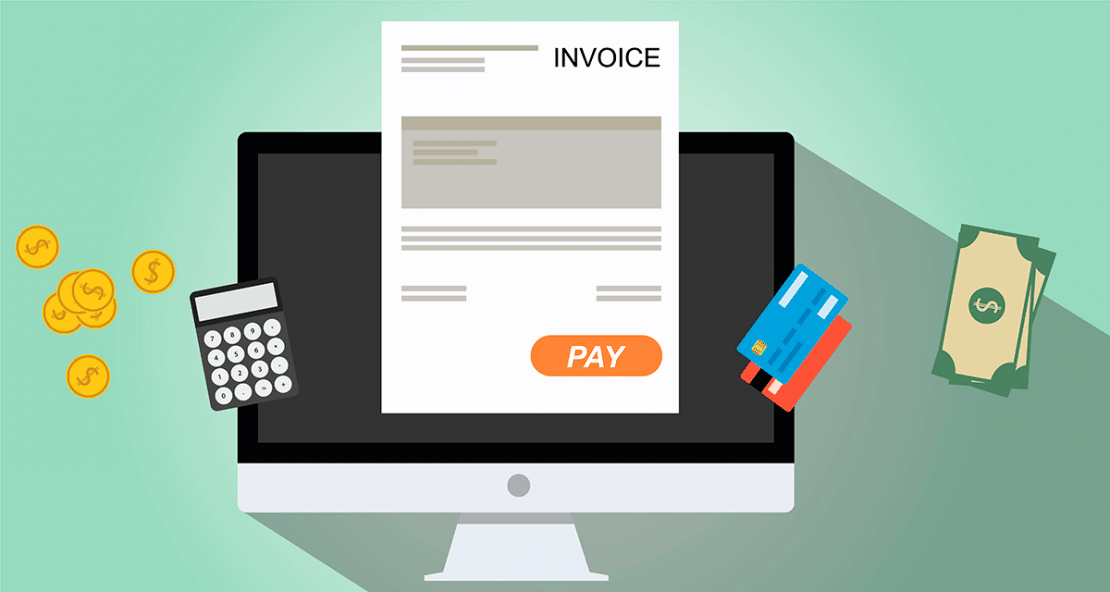5May2016
This time on Boss Level, Sami talks with Nilan Peiris, the VP of Growth at Transferwise, a company that makes it easier and more affordable to transfer money between countries. But don’t expect any talk about “growth hacking” here, Nilan prefers a more mission-oriented approach. Sami and Nilan discuss t the inertia around financial technology, autonomous teams, and how customers should feel like they’re part of a movement. Keep reading for three hand-picked ideas from the podcast.
Welcome to the mission-driven startup
One of the reasons Nilan joined Transferwise was because he saw that the founders were driven to solve a problem that wasn’t going to be solved. Transferwise needed to take a stand to get it solved. In the financial arena, there’s a lot of inertia around the problem causing it to linger. Nilan says banks have a lot to gain from keeping the status quo – and all the annoying fees. Just read the Twitter bio of Transferwise CEO and co-founder Kristo Käärmann, he calls himself the “robin hood of currency exchange.” That gives you an idea of the mission-oriented feel of Transferwise. Because they are independent of the banks, Transferwise can act on behalf of the customers, and that’s what makes them appealing.
Experience is a company-wide affair
Is it enough to have a team dedicated to customer experience? Not according to Nilan. Transferwise operates under the belief that everyone works in experience. Nilan says that every employee in some way interacts with customers, and then helps build the experience. In the same breath, everyone also works on product and growth. The many autonomous teams that make up Transferwise take on the role of learning organizations that figure out what best serves the customer.
Is it enough to have a team dedicated to customer experience? Not according to Nilan. Transferwise operates under the belief that everyone works in experience. Nilan says that every employee in some way interacts with customers, and then helps build the experience. In the same breath, everyone also works on product and growth. The many autonomous teams that make up Transferwise take on the role of learning organizations that figure out what best serves the customer.
Here’s a trick: Don’t rely on brand
Trust is important, right? Customers need to trust companies before they pay, or to continue paying. How should startups build trust? Well, Nilan says that you can’t rely on branding and marketing. Early on, Transferwise spent too much time and money on marketing. The team realized that they could never spend enough money marketing their product to build trust. The second realization was that new customers come from happy customers who recommend Transferwise to friends. So the effort spent on marketing could be much more useful, especially early stage, put into serving existing customers.
Listen to the episode below or Download the MP3 (34,5 MB):
Timestamps
2:05 Transferwise began as a solution to the two founders’ problems: banking fees when transferring money from one country to another. The early versions were just for friends, but – as the problem is a universal one – it began to grow.
4:05 Fast forward to 2016, and Transferwise moves $750 million every month at the real exchange rate. Their goal is to move money around the world almost instantly at virtually no cost, something that Nilan says the banks could do, but don’t.
6:23 Nilan explains some important differences in values between the banks and Transferwise. He says that the most valuable customers love Transferwise the most and shares that love with friends. Whereas, the bank’s most valuable customers probably don’t like the bank that much.
7:27 Sami and Nilan talk numbers. And Nilan reminisces about when he joined Transferwise about three years ago when the company only had 60 employees. Now there are around 500 employees.
8:55 We learn a bit about Nilan’s history with startups and why he decided to join Transferwise. Hint: it’s all about the values.
10:02 Quote from Nilan: “The thing I’ve learned about startups is that they always get ridiculously hard, and the only way you get through that wall is with your values.”
11:50 Nilan explains the rational and emotional reasons around why people recommend products and services. He also points out that Transferwise’s best customers end up turning into advocates because they feel like they belong to a movement.
14:42 Sami asks about how Transferwise scales their operations, and then the conversation turns to autonomous teams. Nilan says while it isn’t anarchy, the teams have a lot of freedom to decide what their KPI should be (and change them if necessary.)
17:31 So in a company where the teams set the KPIs, how does overall coordination work? There isn’t an overarching vision, which might sound funny. But Nilan says this forces the team to come up with their vision and make it customer oriented.
19:35 Nilan dives into the unique way Transferwise approaches strategizing and processes. Basically: planning is good, but it has to be flexible because the future isn’t predictable.
23:22 What about balancing long term and short term goals? Nilan talks through how Transferwise tried to fix being “short-termist” and how the teams have to build conviction about what matters to the customers before solving a problem.
25:15 The teams may be autonomous, but sometimes decisions need to be made that affect multiple teams. What then? Also, at Transferwise any team can change any part of the product – or at least lobby for it to happen.
28:04 Nilan shares his definition of leadership, and it’s all about context. That context can change over the years, but it’s important for teams to know it. Sami also asks about Transferwise’s onboarding process.
30:45 Nilan and Sami discuss the good (and not so good) parts of using the net promoter score (NPS) to grow Transferwise.
33:15 What are some key things companies need to get right to succeed? Be clear on the problem you’re solving, and be clear on the insight you have that no one else has. Nilan also touches on the unique challenges that face a company in the financial tech sector.
Links for the episode:
Sponsor links:
Links for the podcast:
- Mailing list: http://eepurl.com/P0dpf
- Facebook: https://www.facebook.com/bosslevelpodcast
- Twitter: https://twitter.com/bosslevelpod
- iTunes: https://itunes.apple.com/fi/podcast/boss-level/id1041885043
- Website: http://www.bosslevelpodcast.com
- Sami Honkonen on Twitter: http://twitter.com/SamiHonkonen
- Sami’s blog: http://www.samihonkonen.com


